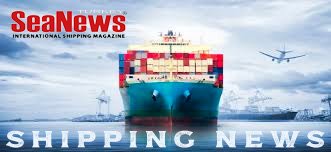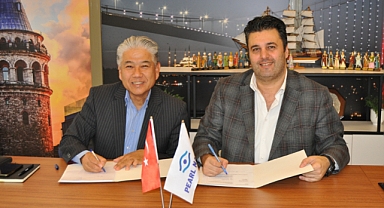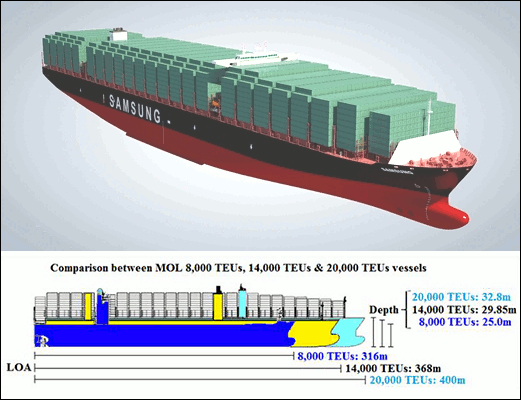SIGNIFICANT congestion persists in Australia's container supply chains, according to a report from the Australian Competition and Consumer Commission (ACCC), reports Fort Lauderdale's Maritime Executive.
The report cited three factors that have exacerbated these effects: low shipping schedule reliability, increased size of ships and labour shortages throughout the supply chain.
Stevedores have informed the ACCC that low vessel schedule reliability is a critical factor contributing to congestion and has resulted in vessel bunching at ports.
While global schedule reliability improved over 2022, it remains well below pre-pandemic levels. This creates significant peaks and troughs for stevedores in handling containers, the report said.
There has been a longer-term trend towards larger ships in container shipping globally. The proportion of port calls made by ships with gross tonnage above 80,000 at Australian container ports has increased from 3.8 per cent in 2018-19 to 14.3 per cent in 2021-22.
Servicing these larger ships presents more operational challenges and further amplifies the peaks and troughs throughout the container supply chain, it said.
The report stated that some market participants raised concerns about staff availability throughout 2021-22 due to sickness or isolation requirements.
The shortage of truck drivers has also contributed to increased congestion at some storage facilities and empty container parks, said the report.
SeaNews Turkey
The report cited three factors that have exacerbated these effects: low shipping schedule reliability, increased size of ships and labour shortages throughout the supply chain.
Stevedores have informed the ACCC that low vessel schedule reliability is a critical factor contributing to congestion and has resulted in vessel bunching at ports.
While global schedule reliability improved over 2022, it remains well below pre-pandemic levels. This creates significant peaks and troughs for stevedores in handling containers, the report said.
There has been a longer-term trend towards larger ships in container shipping globally. The proportion of port calls made by ships with gross tonnage above 80,000 at Australian container ports has increased from 3.8 per cent in 2018-19 to 14.3 per cent in 2021-22.
Servicing these larger ships presents more operational challenges and further amplifies the peaks and troughs throughout the container supply chain, it said.
The report stated that some market participants raised concerns about staff availability throughout 2021-22 due to sickness or isolation requirements.
The shortage of truck drivers has also contributed to increased congestion at some storage facilities and empty container parks, said the report.
SeaNews Turkey









